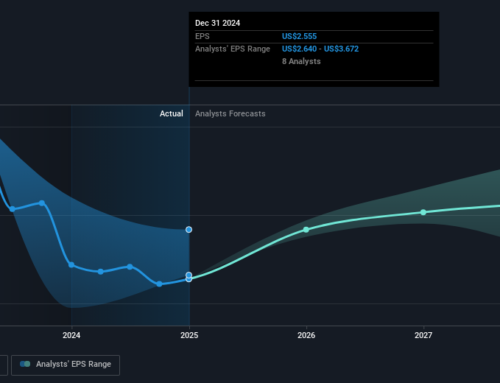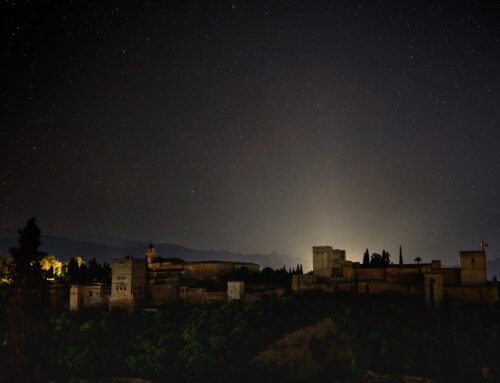A New Story for Malta
April 30, 2025
Some 8,500 years ago, long before the myths of Odysseus began to circulate, before sail ships stitched together the trade and cultures of the Mediterranean, before humans began to cultivate the land and domesticate the beasts—a band of hunter-gatherers pushed off from the limestone headlands of Sicily, their destination a shadow on the sea: Malta, one of the Mediterranean’s most remote island archipelagos.
That’s the provocative finding behind a new Nature study led by archaeologist Eleanor Scerri. At an excavation site called Latnija, in the island’s northern Mellieħa region, Scerri and her colleagues unearthed stone tools, charred hearths, ash-tips, and the bones of wild fauna, including marine mammals and gastropods, sealed in ancient sediments on the sun-struck slope. That evidence upends what we thought we knew about who first settled the island as well as what kinds of sea voyages humans were capable of making during the Mesolithic. Most archaeologists had assumed that it was Neolithic farmers who first settled Malta, not Mesolithic hunter-gatherers, given the island’s small size and remote position.
Scerri, of the Max Planck Institute in Germany, has been researching for decades how the Mediterranean was settled by early humans. On large continents, such detective work is often complicated: erosion, shifting sediments, and scattered evidence can blur the timeline. “Islands,” Scerri explains, “offer a more contained record of human arrival and environmental change.”
Humans reached Malta nearly 1,000 years earlier than previously believed.
Malta, in particular, seemed a rich laboratory for answering complex questions about migration and survival. The island’s fossil record contains the bones of extinct dwarf elephants and hippos—remnants of a time when miniature megafauna roamed isolated pockets of the Mediterranean. These species vanished long ago, but Scerri hoped their remains might help reconstruct the ancient ecosystems that existed before and after humans first arrived. “If I could understand what those natural extinctions looked like,” she thought, “maybe I’d learn something I could translate further back in time.”
But what she found on her dig at Latnijafive years ago was something unexpected: stone tools buried deep beneath the layers associated with early farming cultures—evidence that humans reached Malta nearly 1,000 years earlier than previously believed.
“I never really expected to find anything that would shake the foundations of what we knew,” she says. “I certainly didn’t expect to find an older human presence.” Yet from their first field season in 2019—intended only as a test trench—it became clear they were onto something. Over the next four summers, the team expanded the dig. The human story of Malta was older than they had guessed. And the material was clear: People had lived here and hunted here far earlier than anyone expected.
“Until this study,” said Dylan Gaffney, a palaeolithic archaeologist at Oxford University, who was not involved in the research, “it wasn’t known that hunter-gatherer groups were able to reach Malta. “It was thought that people in the Mediterranean weren’t really settling islands until agricultural groups moved there.” Under the standard view, it was thought that the technical challenges of long sea voyages combined with the limited resources and vulnerabilities of small islands would have kept hunter-gatherers away.
The team of archaeologists used standard techniques to study the stone tools they found in the dig—called lithics, or just “stone artifacts”—including measuring their shapes, recording detailed features, and trying to recreate how the tools were made. They found the tools were made from local limestone, which is different from the sharper rocks like chert and obsidian that later farmers in the Neolithic period preferred. This told them the tools were used for hunting, not for farming.
These early Maltese would have been survivors of the European Ice Age, coastal hunter-gatherers pushing into new territory as the climate warmed. Genetic studies show that Mesolithic communities across the Mediterranean—including nearby Sicily—carried ancestry from post-Ice Age “Villabruna” populations, and since Sicily was by far the closest landmass to Malta at the time, it’s likely the ones who ventured across were from those groups, Scerri says.
Until now, it was believed that hunter-gatherers avoided small, remote islands like Malta.
Perhaps they climbed the high hillsides of Sicily to scan the horizon, where one can still catch a glimpse of Malta in the distance beyond the shimmering sea—using that fleeting line of sight to first chart their course, Gaffney speculates. And still, they made it.
Malta then would have looked quite different from the sunburnt rock it is today. Scientists believe the island was slightly larger, cooler, and wetter, that the valleys ran green with lentisk and juniper, Mediterranean thyme scenting the wind. Large songbirds would have flashed through the canopy, foxes and deer wandering the grasslands, and streams would have curled through the undergrowth, says Scerri.
The earlier arrival of humans to the island means archaeologists have to reassess not just Malta’s past, but the lives and cultures of European hunter-gatherers of the time: How they thought, how far they ranged, and how underestimated they may have been in the narrative of human expansion.
For tens of thousands of years—especially during the late Ice Age and into the early Holocene—the Mediterranean islands acted as stepping stones for both humans and animals. These scattered landmasses became intermittent landfalls or waypoints that allowed species to move gradually across the sea, hopping from island to island instead of braving long stretches of open water. This pattern of movement helped humans and wildlife alike find new habitats, adapt to shifting climates, and spread across the region.
But Malta was considered an exception. Until now, it was believed that hunter-gatherers avoided small, remote islands like Malta, either because they were out of reach or offered too few resources for survival, as hunter-gatherers generally needed to exploit a large land area to gather and hunt without depleting wild resources. But the new evidence from Malta tells a different story: They not only braved a sea crossing long enough to require navigating through hours of darkness, but also managed to thrive on an island once thought too small to support their needs. What the researchers found suggests that’s thanks to a surprisingly varied diet that offset the usual pressures of living off limited wild resources.
“It’s important,” says Scerri, “because it’s peeling back knowledge, giving us a spotlight on these amazing late European hunter-gatherers, and putting their capabilities into sharp focus in a way that hasn’t been considered before. It’s helping us to understand what that transition to the Neolithic looks like in this region.”
When Neolithic farmers eventually did arrive, they brought domesticated animals, crops, and fire, transforming the landscape. Centuries later came deforestation, quarrying, invasive species, and roads. Many native species vanished. What remains is a layered story of movement, arrival, invasive species, roadways, and many species lost to time.
“Understanding that story,” Scerri says, “not just how these animals died out, or who did it, but what the impacts were, is essential. Because there are echoes of those ecological and climate trajectories today, which were also quite dramatic then.”
That long view, she believes, matters now more than ever.
Lead image: dimitrisvetsikas1969 / Pixabay
Search
RECENT PRESS RELEASES
Related Post





